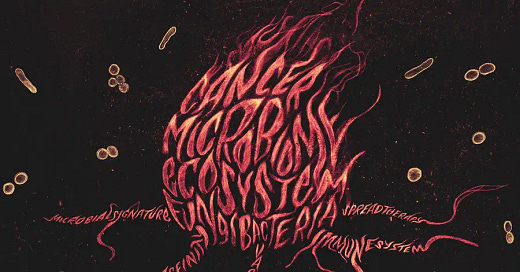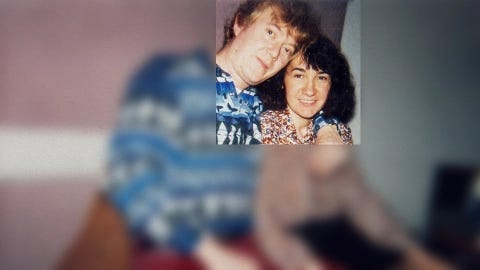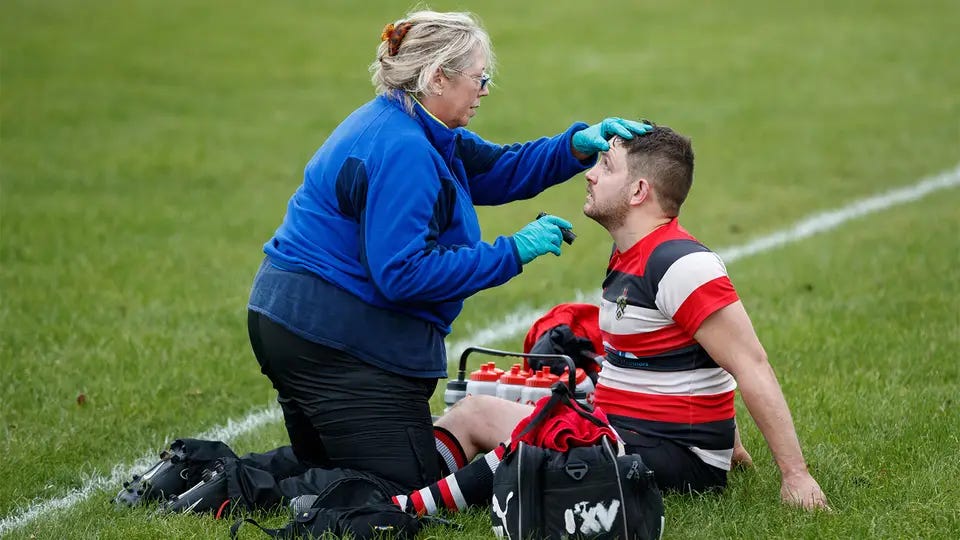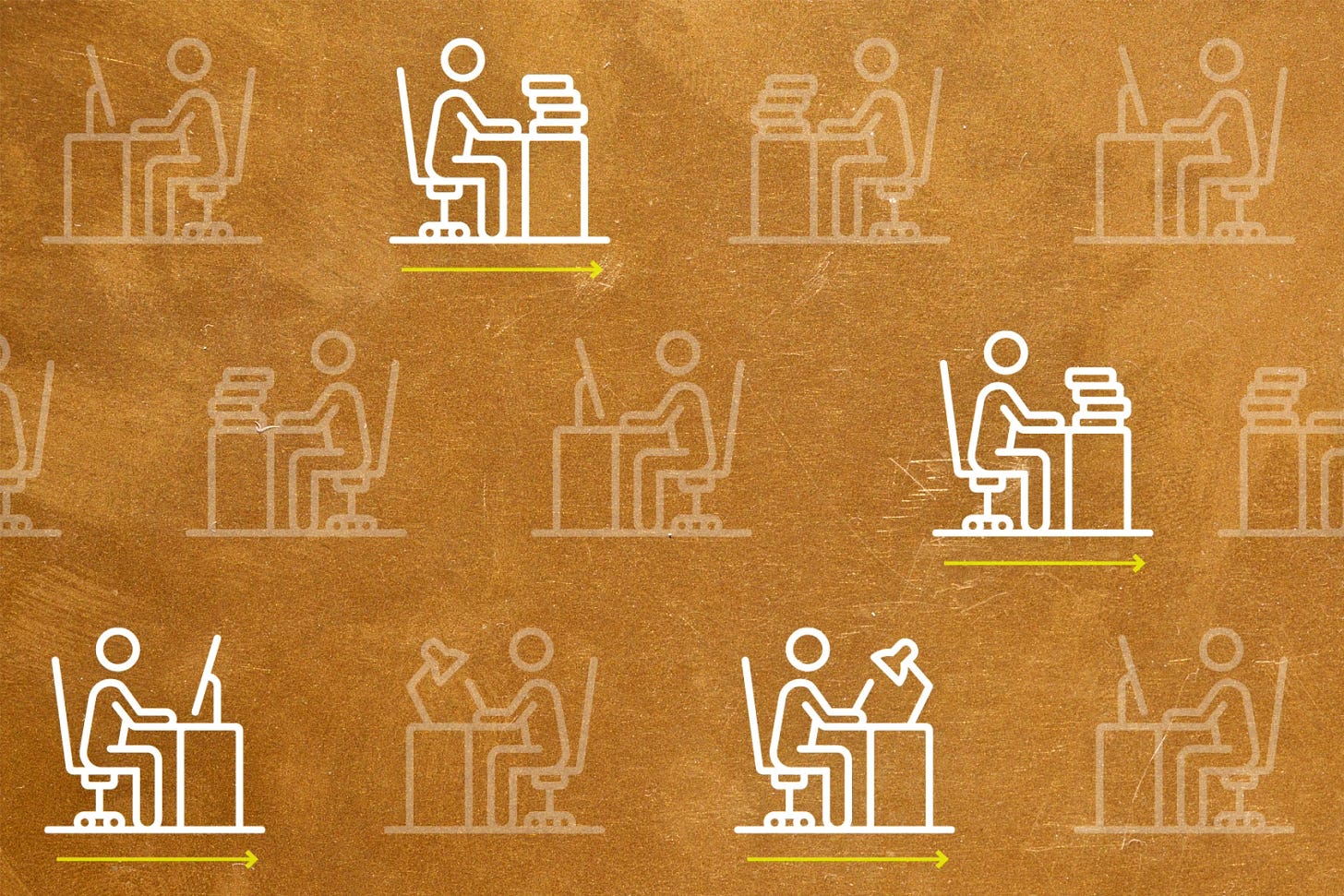Sci-Ed Update 274
Childhood memory, tai chi, healing ACLs, tumor-dwelling microbes, no rest after concussion, histology (yuk!), synthetic model ebryos, quantum chem in vision, unprepared for higher ed
Children can only form vague memories — until their brain undergoes this shift
When asked about our earliest memories, most of us have vague recollections from early childhood but can only recall specific events from about five to eight years of age. Early childhood memories are imprecise, or “gist-like,” because the brain mechanisms needed to form more specific memories of life events are absent, or not yet fully matured, at birth.
The ability to form precise memories for life events (or episodic memories) involves a brain structure called the hippocampus. But exactly how this ability emerges remains unclear. Researchers in Canada have now identified a shift in the cellular mechanisms underlying memory formation, which occurs as the hippocampus matures, allowing for precision memory encoding. Their findings were published in the journal Science.
⭐ Early childhood memories are “gist-like,” while the ability to form precise memories for life events emerges between five and eight years of age.
⭐ New research shows that the transition from general to specific memories involves the maturation of inhibitory neurons in a brain structure called the hippocampus.
⭐ The findings could improve our understanding of neurodevelopmental disorders.
Read more→ AandP.info/b2v
Tai Chi Is a Workout for the Brain and Body
Tai chi blends mental focus and physical effort to build strength, flexibility and mindfulness, said Peter Wayne, the director of the Osher Center for Integrative Medicine and the author of “The Harvard Medical School Guide to Tai Chi.”
The poses are upright and less demanding than many in yoga, another mind-body practice. “Because tai chi evolved in terms of physical function and interaction, I think it translates better to everyday living activities, like lifting groceries, pushing doors open or catching things that fall,” Dr. Wayne said. Tai chi is also different from passive techniques like meditation because it pairs deep breathing and movement, which experts say helps you to calm your nervous system.
Research suggests tai chi can also improve balance and mobility, including in people with neurological conditions like Parkinson’s disease. It also helps prevent falls in older adults. By strengthening surrounding muscles, tai chi also reduces strain on joints, said Dr. Amanda Sammut, the chief of rheumatology at Harlem Hospital and an assistant clinical professor of medicine at Columbia University.
For this reason, it’s recommended in guidelines for managing knee and hip osteoarthritis from the American College of Rheumatology. Studies also suggest two to three sessions per week may lead to improvements in depression, anxiety, psychological well-being and cognitive flexibility.
Depending on your fitness level, tai chi can be as aerobically challenging as a brisk walk of the same duration. The practice has few risks, but it’s still wise to consult your doctor if you have chronic health problems.
Kevin Patton comment→ I’ve been practicing tai chi regularly for seven years and love it.
Read more→ AandP.info/lz2
Knee brace may help torn anterior cruciate ligaments heal themselves
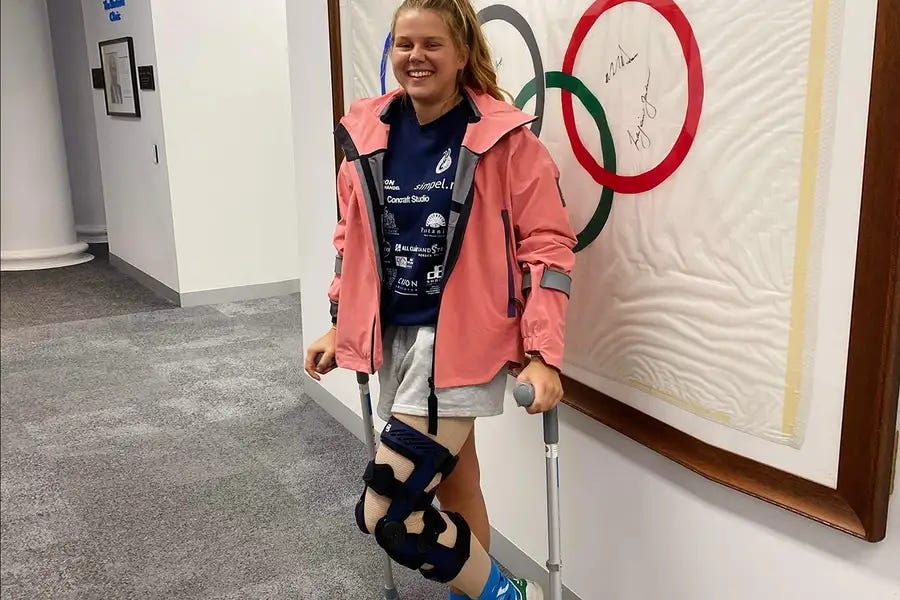
The vast majority of torn anterior cruciate ligaments (ACL) can heal themselves with the help of a specialised knee brace, a small study has found.
A ruptured ACL is a common sports injury that is usually treated with reconstructive surgery to replace the torn ligament. Last year, Stephanie Filbay at the University of Melbourne in Australia and her colleagues found that about 30 per cent of people who opted to defer surgery and try rehabilitation had some degree of ACL healing after two years.
In their latest study, Filbay and her colleagues tested a knee brace designed to promote healing by reducing the gap between the ligament’s two torn ends. The braced knee is immobilised at a right angle for the first four weeks and the patient exercises the muscles above the knee by clenching to reduce muscle wasting. Then the brace is adjusted to gradually increase the person’s range of knee motion over eight weeks, with more strengthening exercises added.
Read more→ AandP.info/30g
Tumour-dwelling microbes: A startling new frontier in cancer treatment
SALMONELLA bacteria are normally associated with violent food poisoning. But in 2019, Irit Balboul, a 71-year-old Canadian, volunteered to drink a liquid containing 1 billion live Salmonella typhimurium bacteria as a last resort against her pancreatic cancer, which had spread to other organs and given her just months to live.
The bacteria had been genetically engineered to trigger an immune attack on her cancer cells, while being less toxic than regular Salmonella to the rest of her body. Balboul was the first person in the world to trial them along with chemotherapy and her tumours shrank to just 10 per cent of their former size.
It may sound strange to use bacteria to treat cancer, but the approach harks back to the late 1800s, when William Coley, a New York surgeon, began injecting Streptococcus bacteria into the inoperable tumours of some of his patients, resulting in regressions he described as “nothing short of marvellous”. Despite this promise, the approach fell out of favour. More than a century later, however, we are witnessing Coley’s comeback.
It is now clear that many bacteria are naturally attracted to tumours, which are home to a rich microbial ecosystem. This tumour microbiome can influence how cancer progresses and responds to treatment. A clearer appreciation of this system is leading to the development of new microbial medicines targeting cancer, some of which are now in clinical trials – including the engineered Salmonella. These microbes can burrow deep into places that are hard to reach with existing treatments such as chemotherapy and can be equipped with extra, cancer-fighting weapons through genetic engineering, offering alternative ways to attack tumours.
Read more→ AandP.info/vkv
Avoid Strict Rest After Concussion, Expert Statement Says
New recommendations were issued for athletes at all levels of participation who have had concussion or who are at risk of head trauma.
The recommendations were part of the latest Concussion in Sport Group (CISG) consensus statement and were based on outcomes from the sixth International Conference on Concussion in Sport, held in Amsterdam last October.
The statement was published in the British Journal of Sports Medicineopens in a new tab or window, along with 10 systematic reviews, and builds on previous CISG statements, taking more than 5 years to complete.
Strict rest was not recommended after concussion, said co-author Kathryn Schneider, MD, of the University of Calgary in Canada. Evidence has shownopens in a new tab or window that light-intensity physical activity -- routine activities of daily living and aerobic exercise like walking -- can help recovery, as can limiting screen time during the first 48 hours after injury, she added.
In addition, the new statement advised multidisciplinary team assessments for athletes whose symptoms last more than 4 weeks.
The statement examined later-in-life risks for former athletesopens in a new tab or window, including mental health problems, cognitive impairment, and neurologic diseases. "Former amateur athletes do not appear to be at increased risk of cognitive impairment, neurological disorders, or neurodegenerative diseases compared to men from the general population," noted co-author Grant Iverson, PhD, of Massachusetts General Hospital in Boston.
Read more→ AandP.info/0xk
Why Do A&P Students Hate Histology? And How Do We Fix That?
Host Kevin Patton discusses the fact that many students hate histology. And perhaps even some faculty. Are there any ways to fix that? Kevin thinks he may have found a breakthrough idea.
To listen to this episode, click on the player (if present) or this link→ theAPprofessor.org/podcast-episode-113.html
Scientists report creation of first human synthetic model embryos
A team of researchers in the United States and United Kingdom say they have created the world’s first synthetic human embryo-like structures from stem cells, bypassing the need for eggs and sperm.
These embryo-like structures are at the very earliest stages of human development: They don’t have a beating heart or a brain, for example. But scientists say they could one day help advance the understanding of genetic diseases or the causes of miscarriages.
The research raises critical legal and ethical questions, and many countries, including the US, don’t have laws governing the creation or treatment of synthetic embryos.
Read more→ AandP.info/wr0
Quantum Chemistry Happening Inside Your Eyes Protects Against Vision Loss
Every color, every flash, every sunray exacts a toll on the light-sensitive tissues at the back of our eyes, producing toxic materials that risk damaging the very cells that allow us to see.
Thankfully, the pigment responsible for darkening our hair, skin, and eyes moonlights as a clean-up crew, mopping up one such dangerous compound before it accumulates into damaging clumps.
An investigation by researchers from the University of Tübingen in Germany and Yale University has revealed the removal process is somewhat unusual as far as biochemistry goes, relying upon a strange quirk of quantum-like behavior.
Read more→ AandP.info/i6t
Prospective College Students Increasingly Say They Feel Unprepared for Higher Education
A growing share of high-school students say they feel unprepared for college, academically and emotionally, and are choosing not to enroll right away — suggesting that long-term effects of the pandemic are stunting college enrollment.
What’s more, some students increasingly doubt that college is worth the cost.
The findings come from a report released on Monday by EAB, a consulting firm focused on higher education. EAB surveys more than 20,000 high-school students each year on their college-going plans, whether or not they decide to pursue a higher education. This year, the survey results tracked a significant shift.
Twenty-two percent of respondents said they weren’t ready for college due to a lack of emotional and academic preparedness, compared with 14 percent who said so in EAB’s 2019 survey. An even larger share of first-generation and low-income students said they felt unprepared.
Read more→ AandP.info/xhr

